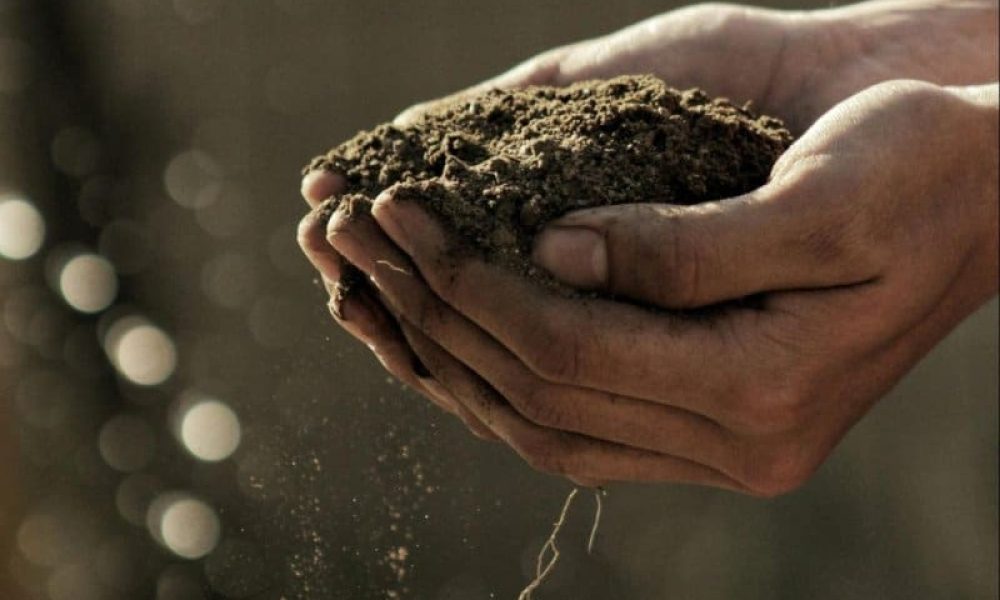Picture this: you’ve just finished a major landscaping project, or perhaps you’re in the early stages of preparing land for a new construction project. Everything seems on track, but there’s one crucial element that can make or break the success of your project—the fill dirt. While it might seem like a minor detail, spreading fill dirt correctly is one of the most essential steps in ensuring the long-term stability and usability of your land.
Let’s dive into why fill dirt is so important and how getting it right can save you from costly issues down the road.
The Foundation of Stability
Think of fill dirt as the backbone of your land’s stability. Unlike topsoil, which is rich in organic material and ideal for planting, fill dirt is made up of clay, sand, and rock. According to our friends at Dirt Connections, this composition makes it less prone to shifting and settling, which is why it’s used to:
- Fill low spots and level uneven terrain.
- Create stable bases for structures like driveways, retaining walls, and foundations.
- Improve drainage and prevent water pooling.
However, the benefits of fill dirt can only be realized when it’s spread and compacted correctly. Improper techniques can lead to issues such as uneven settling, poor drainage, or even structural failure.
Common Mistakes and Their Consequences
Spreading fill dirt might seem straightforward, but there are common mistakes that can have serious consequences:
- Failing to Compact the Dirt Properly Without proper compaction, fill dirt can settle unevenly over time. This might not seem like a big deal at first, but uneven settling can lead to cracks in driveways, sinking foundations, and water pooling in unwanted areas.
- Using the Wrong Type of Fill Dirt Not all fill dirt is created equal. Some projects require clean fill dirt, free of debris and organic material, while others might need a mix with more clay content. Using the wrong type can compromise stability or hinder drainage.
- Ignoring Drainage Considerations Poorly graded fill dirt can direct water toward structures instead of away from them. Over time, this can cause erosion, flooding, or even structural damage.
- Skipping Professional Guidance While DIY projects are rewarding, fill dirt placement often requires expertise. Without understanding soil composition, grading techniques, and compaction methods, even the most well-intentioned project can go awry.
The Right Way to Spread Fill Dirt
Achieving a stable and lasting foundation starts with proper planning and execution. Here’s how to spread fill dirt the right way:
- Assess the Area Before any dirt is moved, evaluate the land. Identify low spots, uneven areas, and any potential drainage challenges. This will help determine how much fill dirt is needed and where it should be placed.
- Choose the Right Fill Dirt Depending on your project, select clean fill dirt or a specific blend. For example, a driveway might require a mix with higher clay content for added stability.
- Prepare the Land Clear the area of debris, rocks, and vegetation. Starting with a clean slate ensures the fill dirt can be spread evenly and compacted effectively.
- Layer and Compact Instead of dumping all the fill dirt at once, work in layers. Spread a few inches of dirt, then compact it using specialized equipment. Repeat this process until the desired height is achieved. Layering and compacting prevent air pockets and ensure the dirt stays in place over time.
- Grade for Drainage Use grading tools to slope the fill dirt away from structures and toward designated drainage areas. This step is critical for preventing water damage and erosion.
- Finish with Precision Once the fill dirt is in place, smooth the surface with a rake or grader. Double-check the grading to ensure water will flow where it’s intended to go.
The Long-Term Payoff
When fill dirt is spread and compacted correctly, the benefits extend far beyond the initial project. Here’s what you can expect:
- Durability: A properly prepared base ensures that driveways, patios, and other structures remain stable and resist cracking.
- Improved Drainage: With proper grading, rainwater flows away from structures, reducing the risk of flooding and erosion.
- Cost Savings: Avoiding the need for repairs caused by uneven settling or water damage can save thousands in the long run.
- Peace of Mind: Knowing your land is stable and ready for any future project provides confidence and peace of mind.
When to Call in the Experts
Some projects are simple enough to tackle on your own, but others require professional expertise. If your project involves significant grading, large quantities of fill dirt, or strict drainage requirements, it’s best to consult with an experienced contractor. They’ll have the tools, knowledge, and experience to ensure the job is done right the first time.
The Bottom Line
Spreading fill dirt correctly is far more than a basic task—it’s a critical step in creating a stable, durable foundation for your land. By understanding the importance of proper techniques and avoiding common mistakes, you can ensure your project stands the test of time. Whether you’re leveling your yard, building a driveway, or preparing for construction, taking the time to do it right (or hiring a professional) will pay off in stability, safety, and long-term success.









